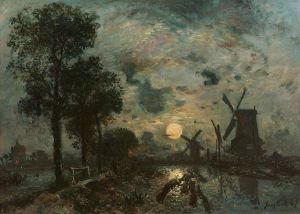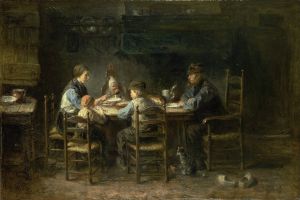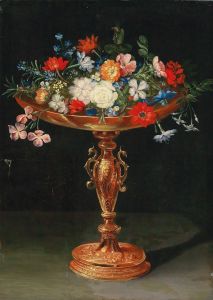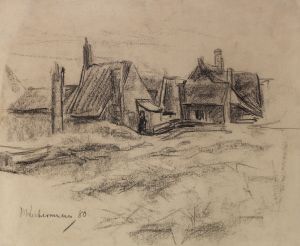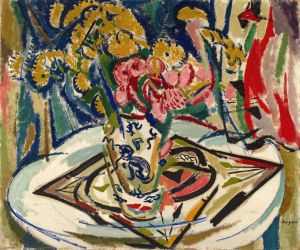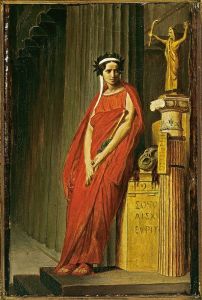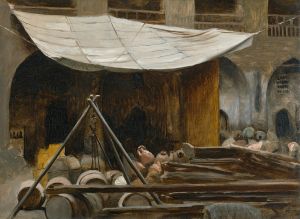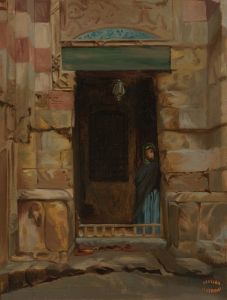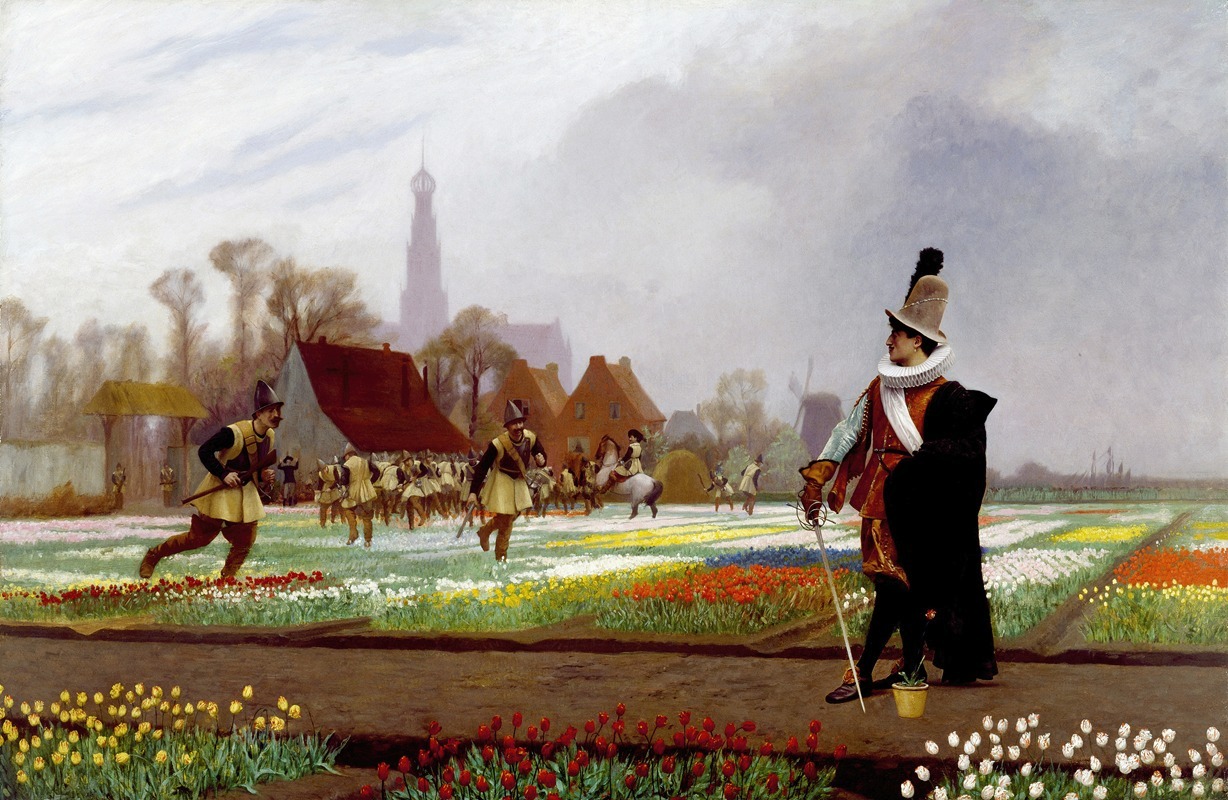
Tulip Folly
A hand-painted replica of Jean-Léon Gérôme’s masterpiece Tulip Folly, meticulously crafted by professional artists to capture the true essence of the original. Each piece is created with museum-quality canvas and rare mineral pigments, carefully painted by experienced artists with delicate brushstrokes and rich, layered colors to perfectly recreate the texture of the original artwork. Unlike machine-printed reproductions, this hand-painted version brings the painting to life, infused with the artist’s emotions and skill in every stroke. Whether for personal collection or home decoration, it instantly elevates the artistic atmosphere of any space.
Jean-Léon Gérôme's painting "Tulip Folly" is an evocative work that captures a moment from the historical phenomenon known as "Tulip Mania," which occurred in the Dutch Republic during the early 17th century. Gérôme, a French painter and sculptor, was renowned for his academic style and his ability to depict historical and orientalist themes with meticulous detail and vibrant color. "Tulip Folly," created in 1882, is one of his lesser-known works but remains significant for its historical context and artistic execution.
The painting portrays a scene set during the height of Tulip Mania, a period when the prices of tulip bulbs reached extraordinarily high levels before dramatically collapsing. This event is often cited as one of the first recorded speculative bubbles in history. Gérôme's work captures the aftermath of this economic frenzy, focusing on the human and emotional impact rather than the financial aspects.
In "Tulip Folly," Gérôme depicts a field of tulips being destroyed by soldiers. The composition is striking, with vibrant tulip fields stretching across the canvas, juxtaposed against the somber actions of the soldiers. The soldiers, under orders, are seen trampling and cutting down the tulips, symbolizing the collapse of the tulip market and the resulting financial ruin for many who invested heavily in the bulbs. This act of destruction serves as a metaphor for the fragility of speculative ventures and the potential consequences of economic excess.
Gérôme's attention to detail is evident in the precise rendering of the tulips, showcasing a variety of colors and forms, which highlights the allure that these flowers held during the mania. The artist's use of light and shadow adds depth to the scene, emphasizing the contrast between the beauty of the tulips and the harshness of their destruction. The painting's composition guides the viewer's eye across the canvas, from the foreground where the soldiers are actively engaged in their task, to the background where the expansive fields of tulips suggest the scale of the folly.
The emotional tone of the painting is one of melancholy and reflection. Gérôme captures the sense of loss and futility experienced by those who witnessed the collapse of the tulip market. The soldiers, while executing their orders, appear almost indifferent to the beauty they are destroying, underscoring the disconnect between economic pursuits and the appreciation of nature's splendor.
"Tulip Folly" is a testament to Gérôme's skill as a painter and his ability to convey complex historical narratives through art. While the painting itself does not delve into the specifics of Tulip Mania, it serves as a poignant reminder of the event's impact on Dutch society and the timeless nature of economic cycles. Gérôme's work invites viewers to reflect on the consequences of speculative behavior and the enduring allure of beauty, even in the face of destruction.





